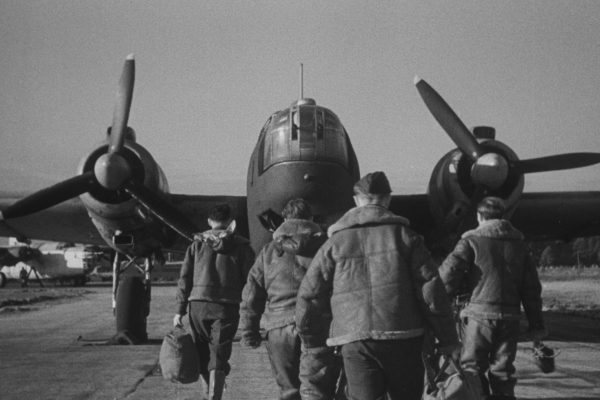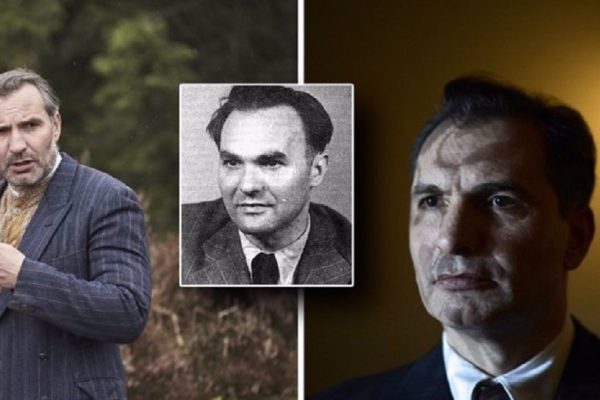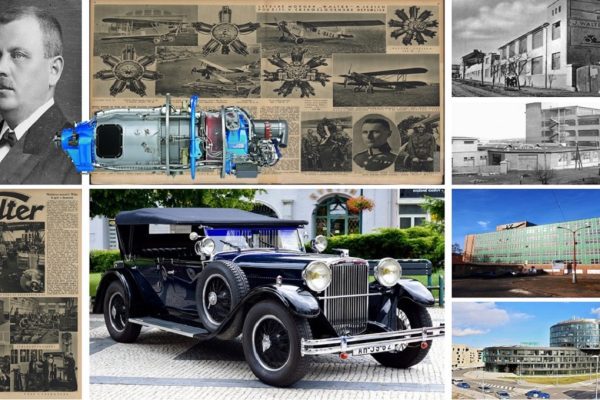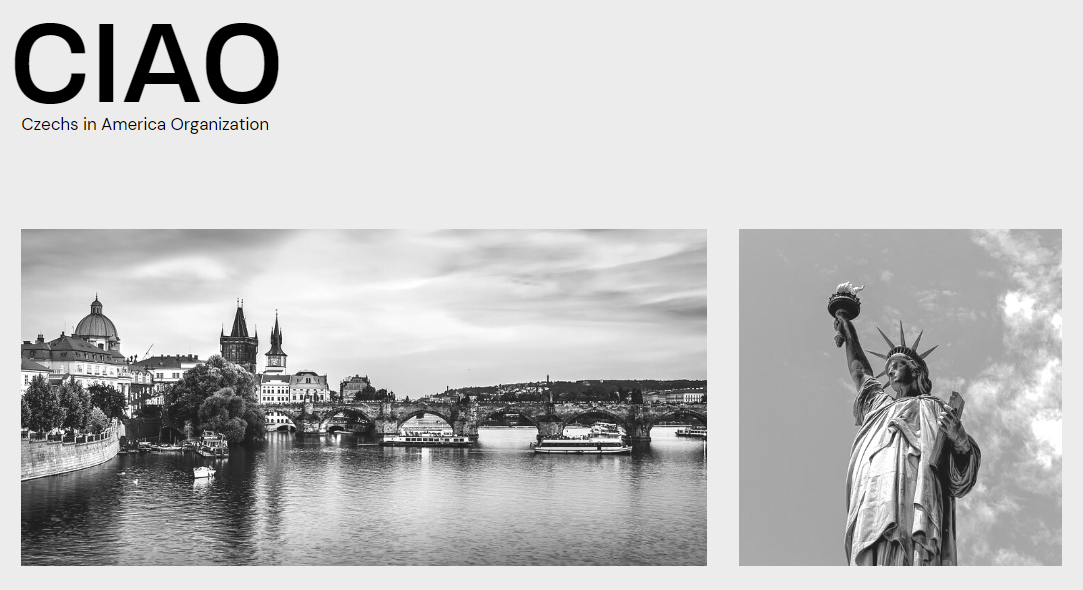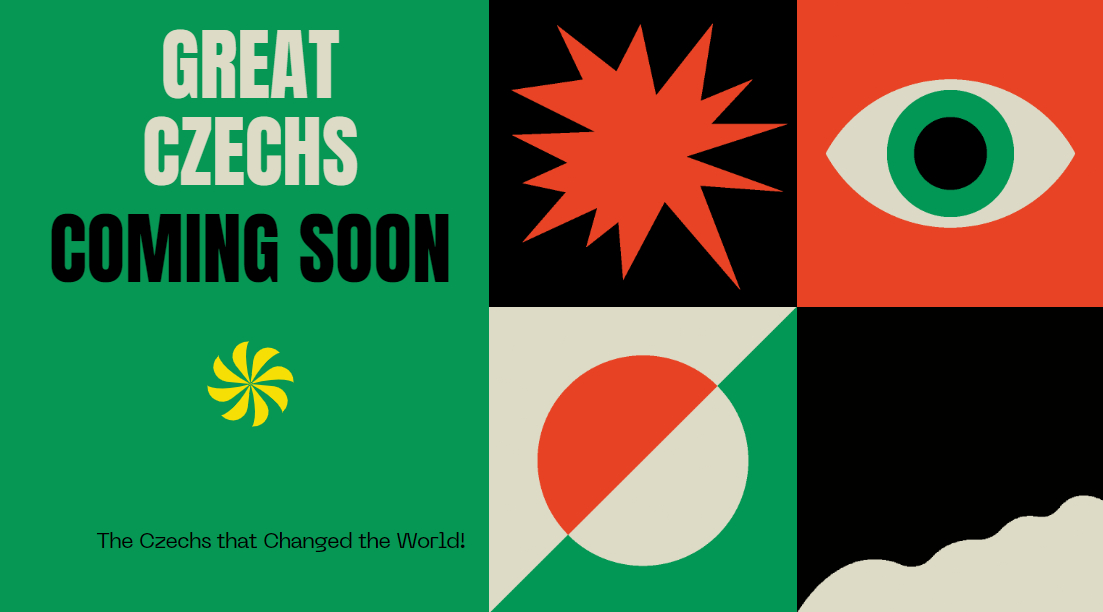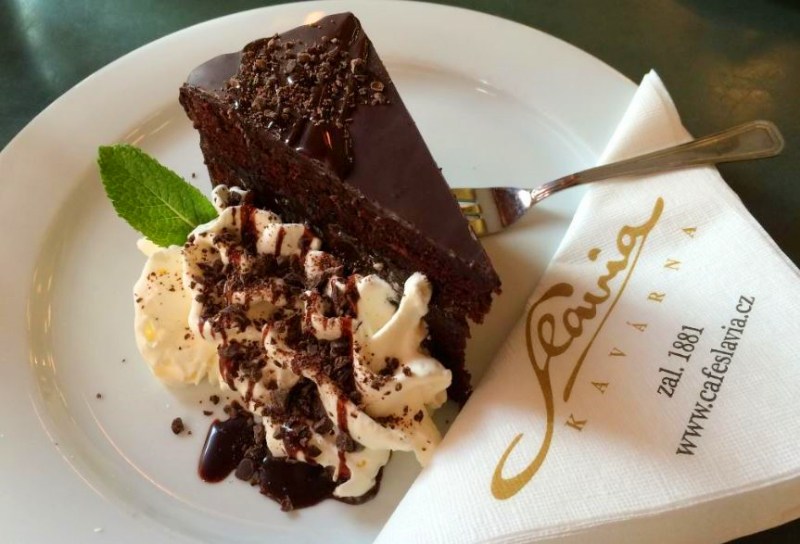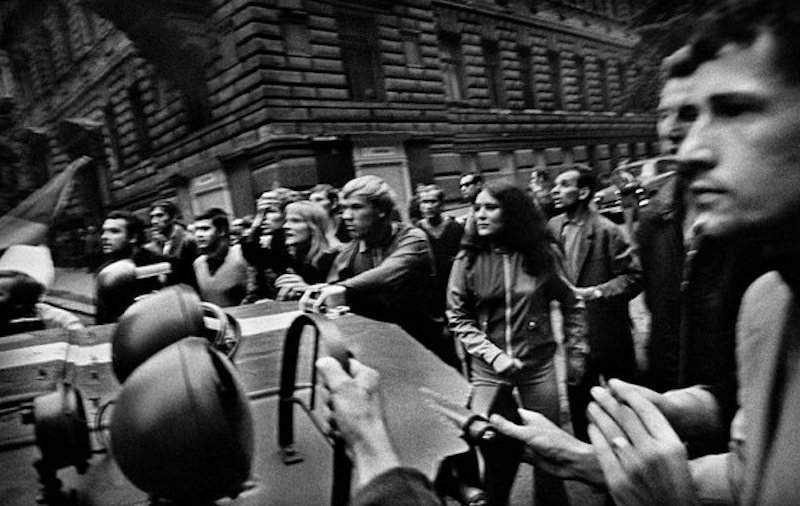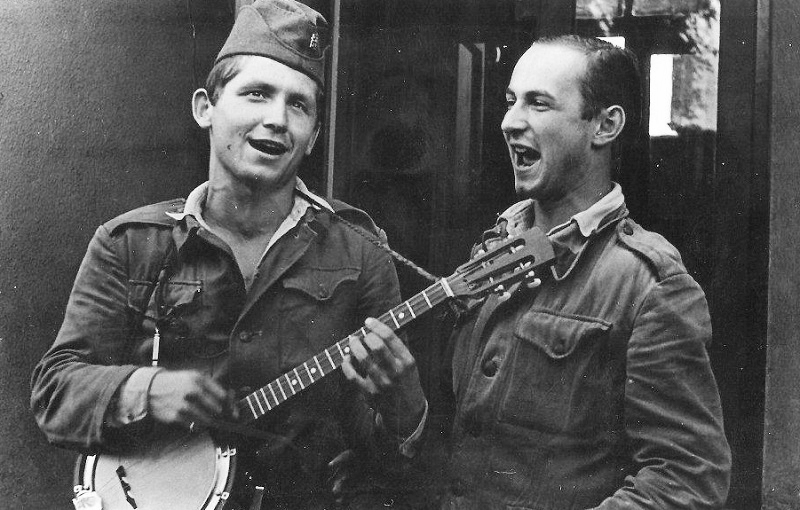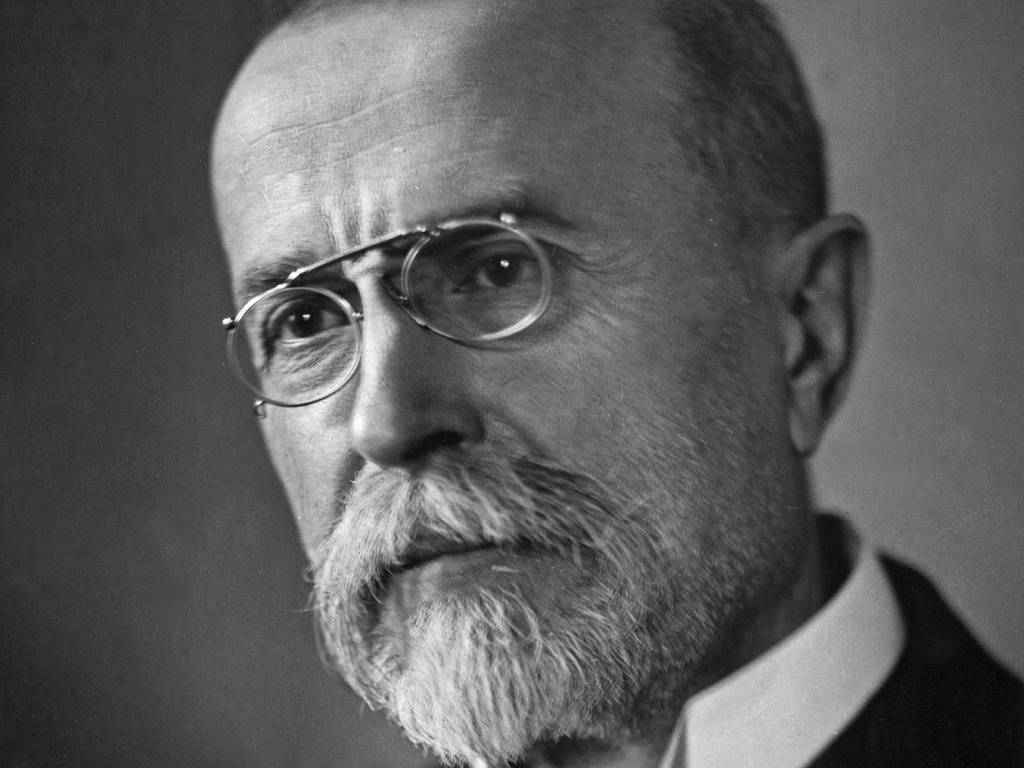In the spirit of Halloween, we wanted to post something scary and sinister like an abandoned haunted mansion. Little did we know what a horrible and hideous hidden history we’d uncover when we came across the Pfaffenhof Mansion.
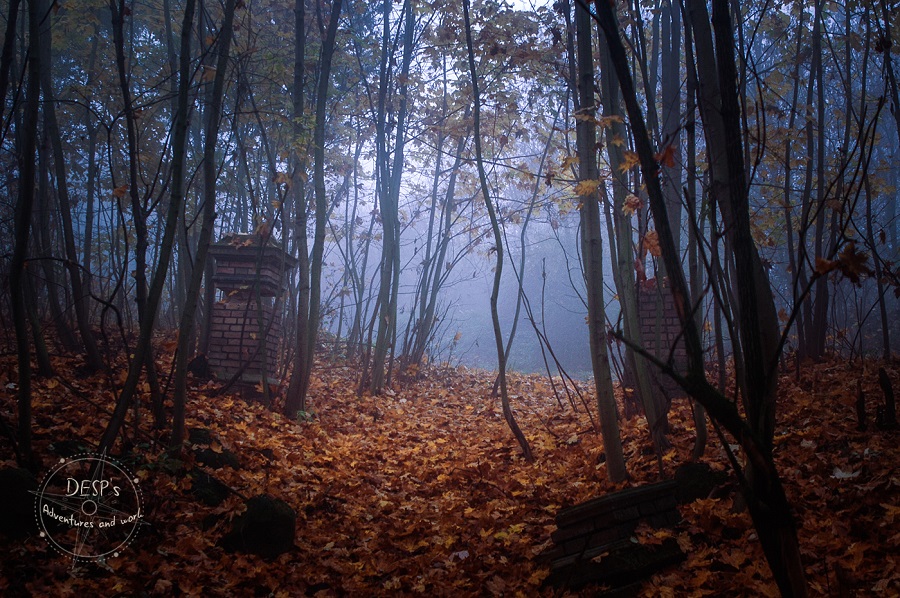
Image: Desp’s Adventures and Work
Known as Fafák, or Veveří, the Pfaffenhof Mansion has an interesting history linking it to the SS Nazis, torture and the Richards’ underground factories of the Litoměřice camp.
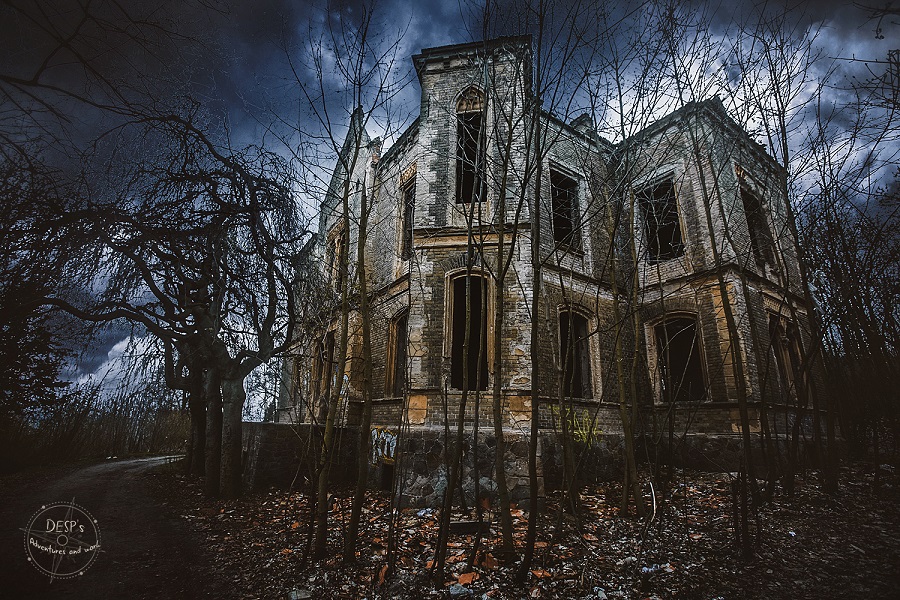
Image: Desp’s Adventures and Work
The once-glorious neo-Gothic villa of Pfaffenhof (also known as Fafák) now sits as a deserted ruin, the kind that seems made for ghost stories. Villa Pfaffenhof occupies the site of the former Wine Chapel of Saint Nicholas, which was documented as early as the 14th Century, cancelled after Joseph II.
The provided excerpt offers just a glimpse into the extensive article. To unlock the full content, become a Patreon patron. Our team meticulously gathers and curates valuable information, sparing you hours, days, or even months of research elsewhere. Our goal is to streamline your access to the best of our cultural heritage. However, a portion of the content is locked behind a Patreon subscription to help sustain our operations and ensure the continued quality of over 1,200 pages of our work.
Alternatively, you can contribute through Venmo, PayPal, or by sending cash, checks, money orders. Additionally, buying Kytka’s books is another way to show your support.
Your contribution is indispensable in sustaining our efforts and allows us to continue sharing our rich cultural heritage with you. Remember, your subscriptions and donations are vital to our continued existence.



